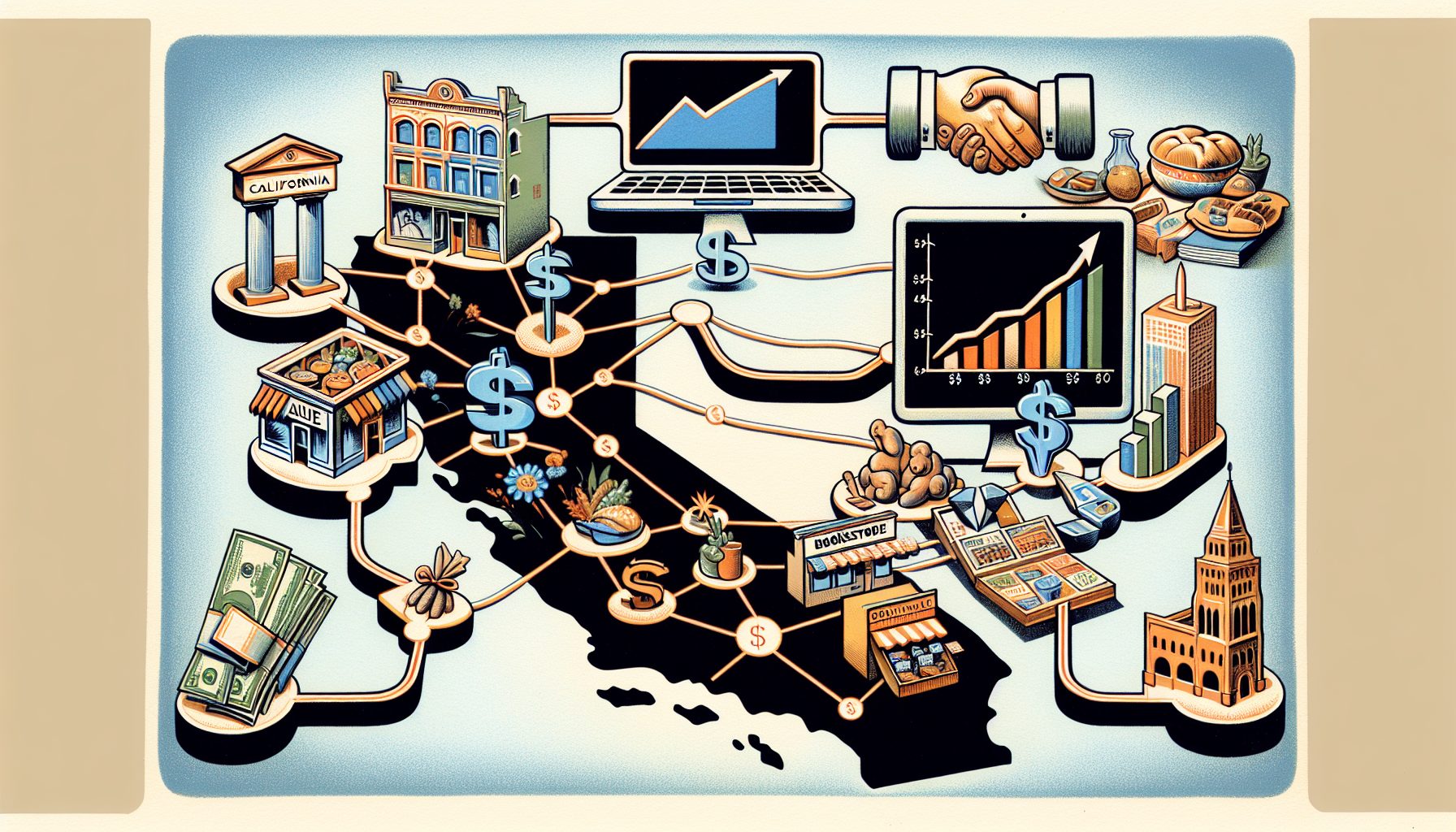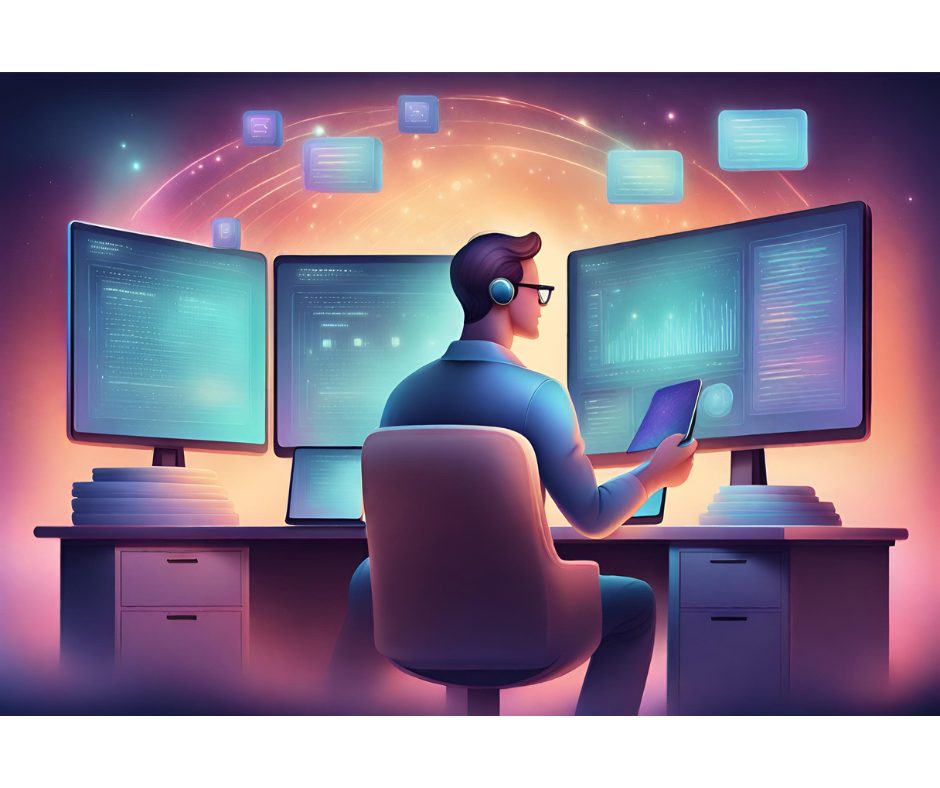Two factors appear to be driving this surge in renting software: the speed of implementation and the promise of big savings. Proponents of renting software rather than owning it argue that the strategy can eliminate many of the steep, often hidden costs associated with buying, deploying and maintaining software, such as hardware, customization and support.
But is that really the case?
Laura Preslan, an analyst with AMR Research, believes hosted software vendors often overstate the price advantage. There are substantial startup costs involved with buying software, Preslan says, and the ongoing support costs add to the attractiveness of the rental option. But once the initial license fee has been paid, the buyer is left with just an annual maintenance fee, typically in the neighborhood of 17%.
Companies renting software, meanwhile, must pay the per-user fee, month in and month out. A buyer can extend the life of an application three to four years, after which a major upgrade will likely be required.
Then consider the pricing game. List prices for customer relationship management applications from companies such as Siebel Systems may be a lot higher than the $1,500-per-user fee for a comparable offering from Salesforce.com, but Preslan says buyers typically can negotiate licenses in the same range. “The bottom line is, look at the long-term costs,” she says. “You can’t fall for some of the short-term promises made by vendors.”
Please download our customizable Microsoft Excel








